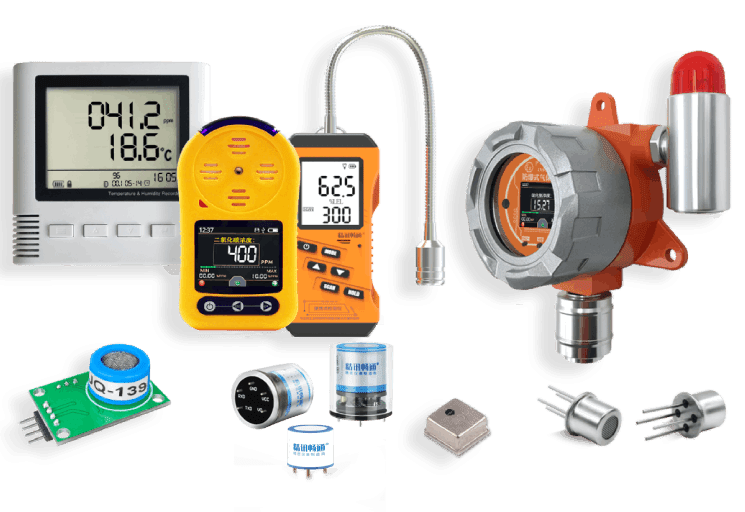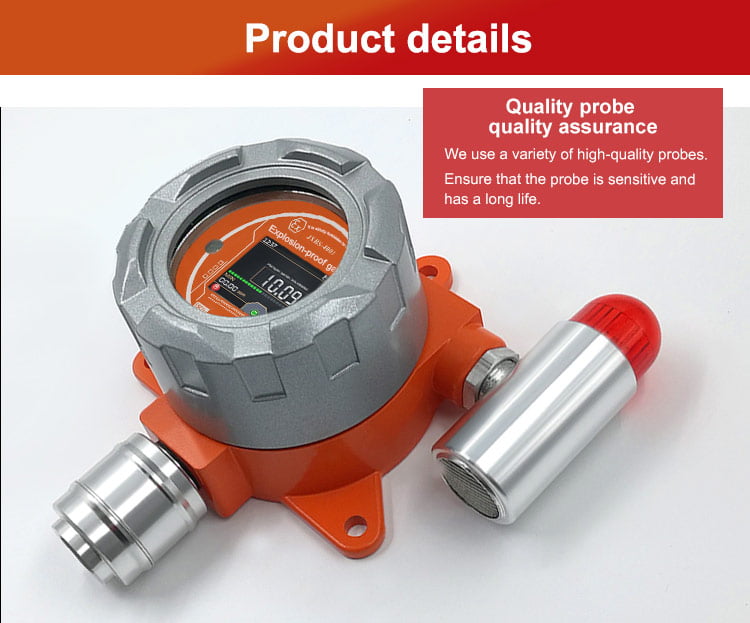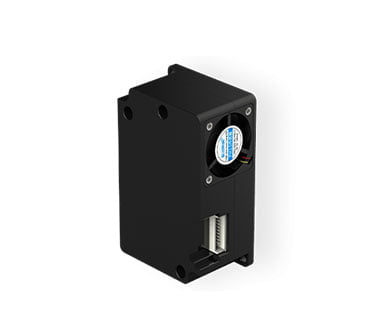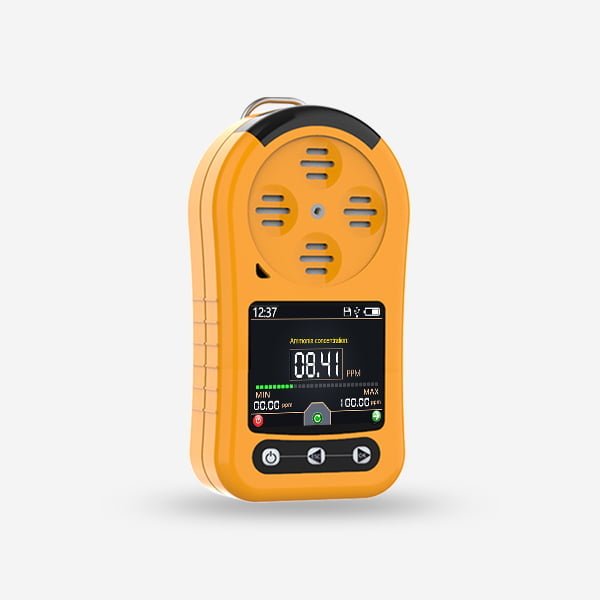The Internet of Things (IoT) has revolutionized the way industrial processes are monitored and managed, particularly in the realm of gas leak detection. IoT technology enables the seamless integration of sensors, data analytics, and communication systems, offering real-time insights. In this article, we will explore the evolution of IoT technology in gas leak detection, its impact on industrial safety and efficiency, and the advanced solutions that are driving the next generation of gas detection systems.
The Role of IoT in Gas Leak Detection
Gas leaks pose significant risks in industrial environments, including the potential for fire, explosions, and adverse health effects. Traditional gas detection methods often rely on periodic manual inspections or standalone sensors with limited connectivity. IoT technology has transformed gas leak detection by enabling continuous monitoring, remote data access, and automated alert systems, thereby enhancing safety protocols and operational efficiency.
IoT-enabled gas leak detectors typically consist of interconnected sensors, communication networks, and data processing platforms. These systems are detect, measure, and transmit real-time data on gas concentrations, enabling rapid response to potential leaks and proactive maintenance interventions. By leveraging IoT capabilities, industrial facilities can achieve a higher level of situational awareness, predictive maintenance, and compliance with safety regulations.
Evolution of IoT Gas Leak detectors
The development of advanced gas detection sensors has been instrumental in the evolution of IoT-enabled gas leak detection systems. These sensors are designed to provide high sensitivity, accuracy, and reliability, while seamlessly integrating with IoT platforms for continuous monitoring and data analysis. Several types of advanced gas detection sensors have emerged, each offering unique capabilities for detecting a wide range of hazardous gases in industrial settings:

Photoionization Detectors (PID): PID sensors are widely used for detecting volatile organic compounds (VOCs) and other gases with low ionization potentials. When integrated with IoT platforms, PID sensors can provide real-time measurements of gas concentrations, enabling early detection of leaks and proactive mitigation strategies.
Electrochemical Gas Sensors: Electrochemical sensors offer high specificity and sensitivity for detecting toxic gases such as hydrogen sulfide, carbon monoxide, and chlorine. When combined with IoT technology, these sensors can continuously monitor gas levels, transmit data to centralized platforms, and trigger alarms or notifications in the event of abnormal readings.
Infrared Gas Sensors: Infrared sensors are effective for detecting gases such as methane, carbon dioxide, and hydrocarbons. IoT integration allows these sensors to provide remote monitoring capabilities, data visualization, and trend analysis, supporting proactive maintenance and operational decision-making.
Ultrasonic Gas Leak Detectors: Ultrasonic sensors are designed to detect the sound frequencies produced by gas leaks, offering a non-intrusive and reliable method for leak detection. When connected to IoT systems, ultrasonic gas leak detectors can provide real-time alerts and location information, facilitating rapid response and containment of leaks.
Laser-Based Gas Sensors: Laser-based sensors utilize laser light to detect specific gas molecules, offering high selectivity and accuracy. When integrated with IoT platforms, these sensors can deliver precise measurements, trend analysis, and predictive insights for proactive gas leak prevention and management.
Benefits of IoT-Enabled Gas Leak Detection Systems

The integration of IoT technology into gas leak detection systems offers a multitude of benefits for industrial facilities, including:
- Continuous Monitoring: IoT-enabled systems provide continuous monitoring of gas concentrations, enabling real-time detection of leaks and immediate response to potential safety hazards.
- Remote Access and Control: IoT platforms allow for remote access to gas detection data, enabling facility managers to monitor gas levels, receive alerts, and take proactive measures from anywhere with an internet connection.
- Data Analytics and Visualization: IoT technology facilitates the collection, analysis, and visualization of gas detection data, empowering decision-makers with actionable insights for optimizing safety protocols and operational efficiency.
- Predictive Maintenance: By leveraging IoT-enabled predictive analytics, gas detection systems can anticipate maintenance needs, identify potential equipment failures, and optimize resource allocation for preventive measures.
- Compliance and Reporting: IoT platforms can streamline compliance monitoring and reporting processes by automating data collection, documentation, and audit trail management, ensuring adherence to safety regulations and standards.
Advanced IoT Gas Leak Solutions
The advancement of IoT technology has spurred the development of sophisticated gas leak detection solutions that leverage the power of interconnected sensors, data analytics, and automation. Some of the advanced IoT-enabled gas leak detection solutions include:
- Wireless Sensor Networks: IoT-enabled wireless sensor networks utilize interconnected gas sensors to provide comprehensive coverage of industrial facilities, enabling seamless data transmission, real-time monitoring, and automatic alerts for gas leaks.
- Cloud-Based Data Platforms: Cloud-based IoT platforms offer scalable and secure data storage, processing, and visualization capabilities, allowing for centralized management of gas detection data from multiple sites and seamless integration with other industrial systems.
- Machine Learning and AI Integration: IoT-enabled gas detection systems can leverage machine learning algorithms and artificial intelligence to analyze historical data, identify patterns, and predict potential gas leak scenarios, enabling proactive risk mitigation and safety enhancement.
- Mobile Applications and Dashboards: IoT-enabled gas detection solutions often include mobile applications and user-friendly dashboards that provide real-time access to gas detection data, alerts, and insights, empowering on-the-go decision-making and response coordination.
- Integration with Building Management Systems: IoT-enabled gas detection systems can be seamlessly integrated with building management systems (BMS) to enable automated responses, such as ventilation control, emergency shutdowns, and alarm notifications, in the event of gas leaks.
Conclusion
The evolution of IoT technology in gas leak detection has ushered in a new era of safety, efficiency, and proactive risk management in industrial environments. By leveraging interconnected sensors, data analytics, and automation, IoT-enabled gas detection systems provide continuous monitoring, real-time insights, and predictive capabilities, empowering facility managers to mitigate gas leak risks and optimize operational performance. As advanced IoT gas detection solutions continue to evolve, the integration of cutting-edge technologies and innovative applications will further enhance the safety, reliability, and sustainability of industrial processes, setting new benchmarks for gas leak detection and management.





